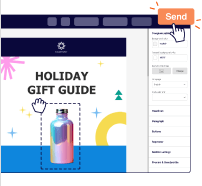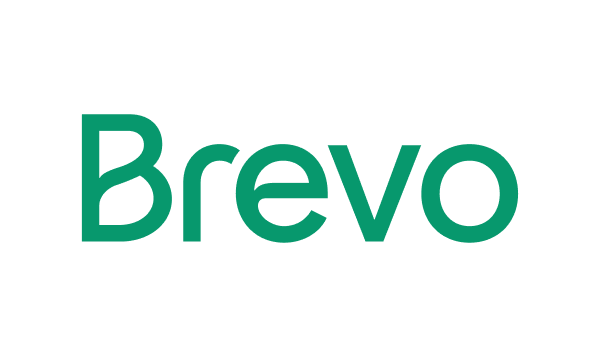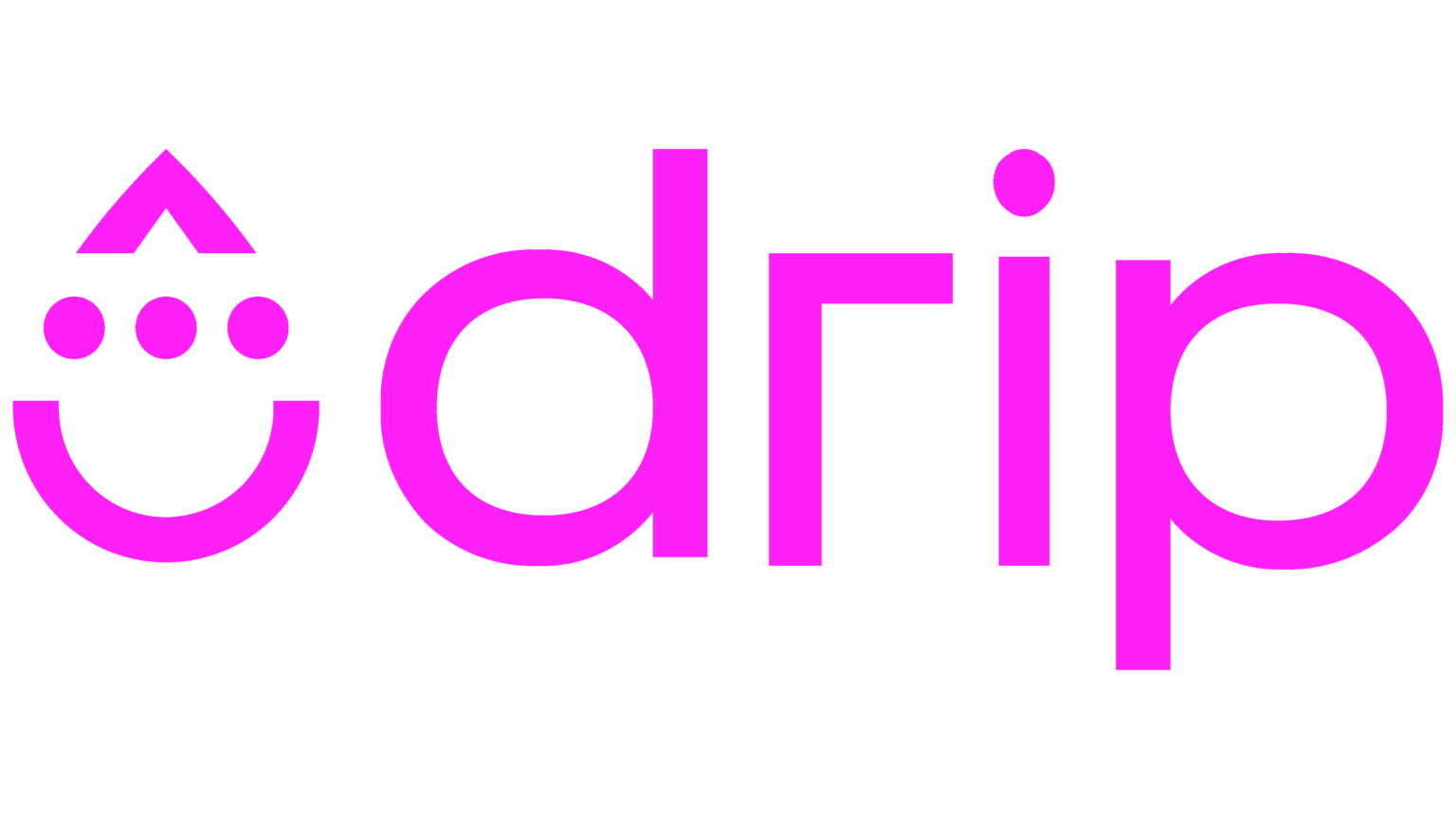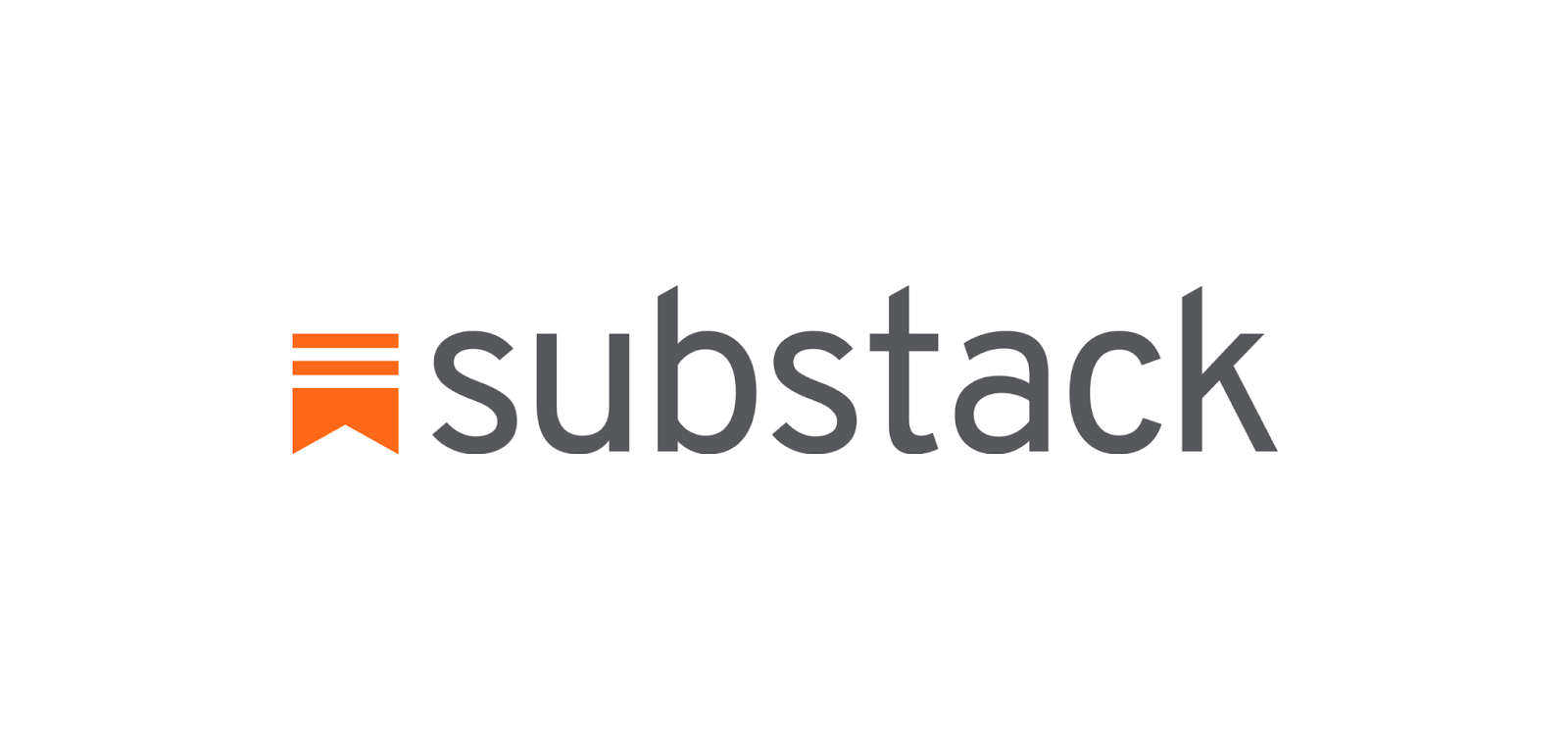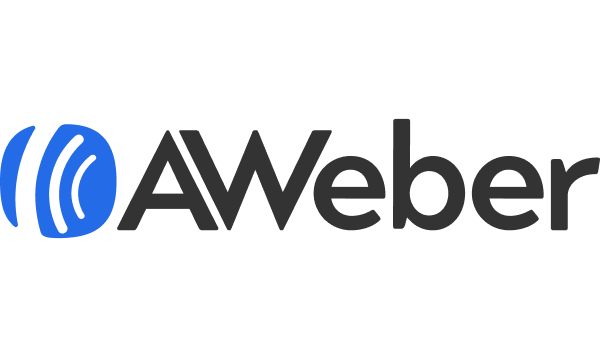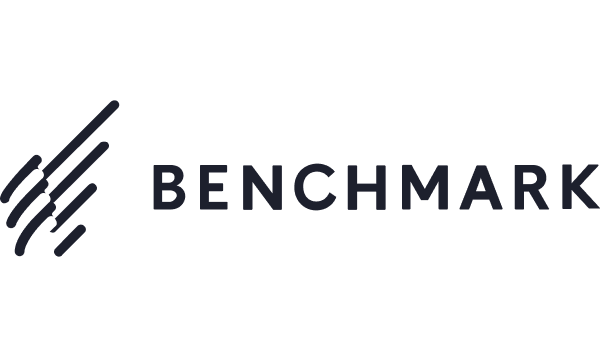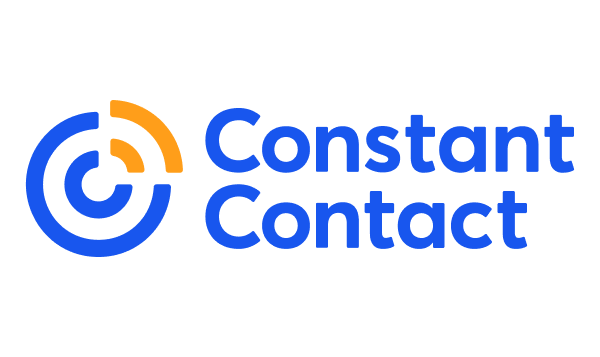Kit (previously ConvertKit) is popular among creators and works really well when you’re starting out. It’s a simple email solution for online marketers, but once your needs get more advanced, the cracks start to show. Limited design options, lack of a visual builder and steep price jumps push many users to look elsewhere.
If you’re searching for Kit alternatives that offer better value, more features, or a more intuitive interface, you’re in the right place.
We’ve tested each of these Kit competitors to see how they compare not just in terms of key features, but in real-world usability. So, let’s begin.
Disclaimer: This article evaluates various email marketing services, including Sender, which our company owns. We present assessments based on research, industry standards, and user feedback. We selected these platforms after comparing their features, pricing, and performance. We don’t earn any commissions from links in this article.
Why Consider Kit Alternatives?
Kit has long been a favorite for creators, but its limitations as a marketing automation tool are hard to ignore. Many users outgrow its simplicity and start looking for platforms that offer more advanced features, better design flexibility, and fairer pricing.
Here are some of the reasons why users look for Kit alternatives:
- High pricing, especially at scale. Kit gets expensive as your list grows. At 10,000 subscribers, it costs $119/month, steep for creators or startups. On the other hand, Sender costs $40/month for the same number of subscribers and better email marketing features. That’s nearly one-third the cost, making it a smarter pick for budget-conscious marketers;
- Limited visual builder & design options. Kit’s email builder is quite basic. It supports plain-text email templates with limited styling options, restricting your ability to create visually engaging emails. If your campaigns rely on strong branding or visual storytelling, this lack of flexibility can be a serious drawback—especially compared to tools with richer design features;
- Basic reporting and analytics. Kit offers minimal analytics. There’s no heatmap tracking or advanced funnel insights—just basic open and click data. For ecommerce marketers who want to dive deeper into subscriber behavior and optimize campaigns, this lack of depth makes it hard to improve performance over time;
- Limited ecommerce integrations and automation. If you’re running a store, Kit can feel underwhelming. It lacks email marketing automation flows like cart abandonment flows, purchase-triggered emails, and integrations are limited too. If you run an online store, you’ll likely need advanced marketing tools—something tools like Sender or Brevo handle far better right out of the box.
- Lack of advanced features. Kit lacks many advanced features. There’s no landing page A/B testing feature, no lead scoring, and limited behavior-based segmentation. This makes it harder to personalize campaigns or scale efficiently, especially if you’re aiming for smarter targeting and building performance-driven funnels.
TL;DR – When Kit isn’t Enough
If you want to switch from Kit, similar platforms can offer better bang for your buck. Here are some Kit replacements categorized as per reasons to switch from Kit:
| Reason to Switch | What You Might Prefer |
| Pricing gets too high | Sender, MailerLite |
| Want more visual email options | Flodesk, Mailchimp |
| Need advanced automation tools | Sender, ActiveCampaign |
| Run an ecommerce store | Sender, Drip |
| Need in-depth analytics | Sender, Brevo |
| Want built-in monetization | Substack, Beehiiv |
| Need fast setup with great UX | Sender, MailerLite |
Top Kit Alternatives — A Quick Comparison Table
Want to quickly glance over all the bulk email services you can choose from? Here’s a simple comparison table of best Kit alternatives for your email marketing strategy.
| Platform | Free plan | Paid plans start at (for 1,000 contacts) | Best for |
| Sender | Up to 2,500 subs and 15,000 monthly emails | $7/month | Creators & ecommerce on a budget |
| Brevo | Up to 300 emails/day | $17/month | Multichannel marketers & small businesses |
| Mailchimp | Up to 500 subs and 1,000 monthly emails | $29/month | Small businesses and content creators |
| Drip | No free plan | $39/month | Ecommerce agencies & Shopify stores |
| Substack | Free to use | 10% fee on paid subscriptions | Writers and paid newsletter creators |
| Flodesk | 14-day free trial only | $38/month (flat) | Creatives & design-focused businesses |
| Mailerlite | Up to 1,000 subs and 12,000 monthly emails | $13/month | Small teams, freelancers, and bloggers |
| Beehiiv | Up to 2,500 subs and unlimited emails | $49/month | Newsletter creators & media brands |
| AWeber | 14-day free trial only | $25/month | Solo entrepreneurs & service businesses |
| Benchmark Email | Up to 500 subs and 3,500 monthly emails | $23/month | Online retailers and event organizers |
| Constant Contact | 14-day free trial only | $12/month | Event organizers & retailers |
11 Best Kit Alternatives Reviewed
Now, we’ll review each of the alternatives in detail, including our experience, best features, and how they’re better when compared to Kit.
Let’s help you pick the right email marketing platform for your business.
Sender — Ideal for Creators Seeking an All-in-One Platform
⭐️ Trusted by 180,000+ businesses worldwide
If Kit feels like it’s built for a very specific kind of creator, Sender is a more flexible alternative.
Whether you’re a solo creator or an ambitious brand owner tired of hitting paywalls, Sender gives you all the essential features (and more) to grow without locking them behind higher pricing tiers.
Sender pricing: Starts at $7/month for up to 1,000 subscribers and 12,000 emails/month | Free Forever plan available for up to 2,500 subscribers and 15,000 monthly emails.
Sender’s email builder alone is a noticeable upgrade from Kit—drag-and-drop functionality, readymade visual blocks, and flexible layouts. You’re not stuck with plain-text templates or rigid styling.
From a design perspective, Sender feels more modern and polished, giving your emails the visual edge Kit often lacks. Plus, setting up workflows, cart abandonment sequences, or creating dynamic product recommendation emails is seamless.
Sender also plays well for performance-driven campaigns. You get granular automation triggers, solid segmentation tools, and reports like heat maps that help you optimize your campaigns. And for a fraction of Kit’s pricing, it’s hard to argue against the value you get.
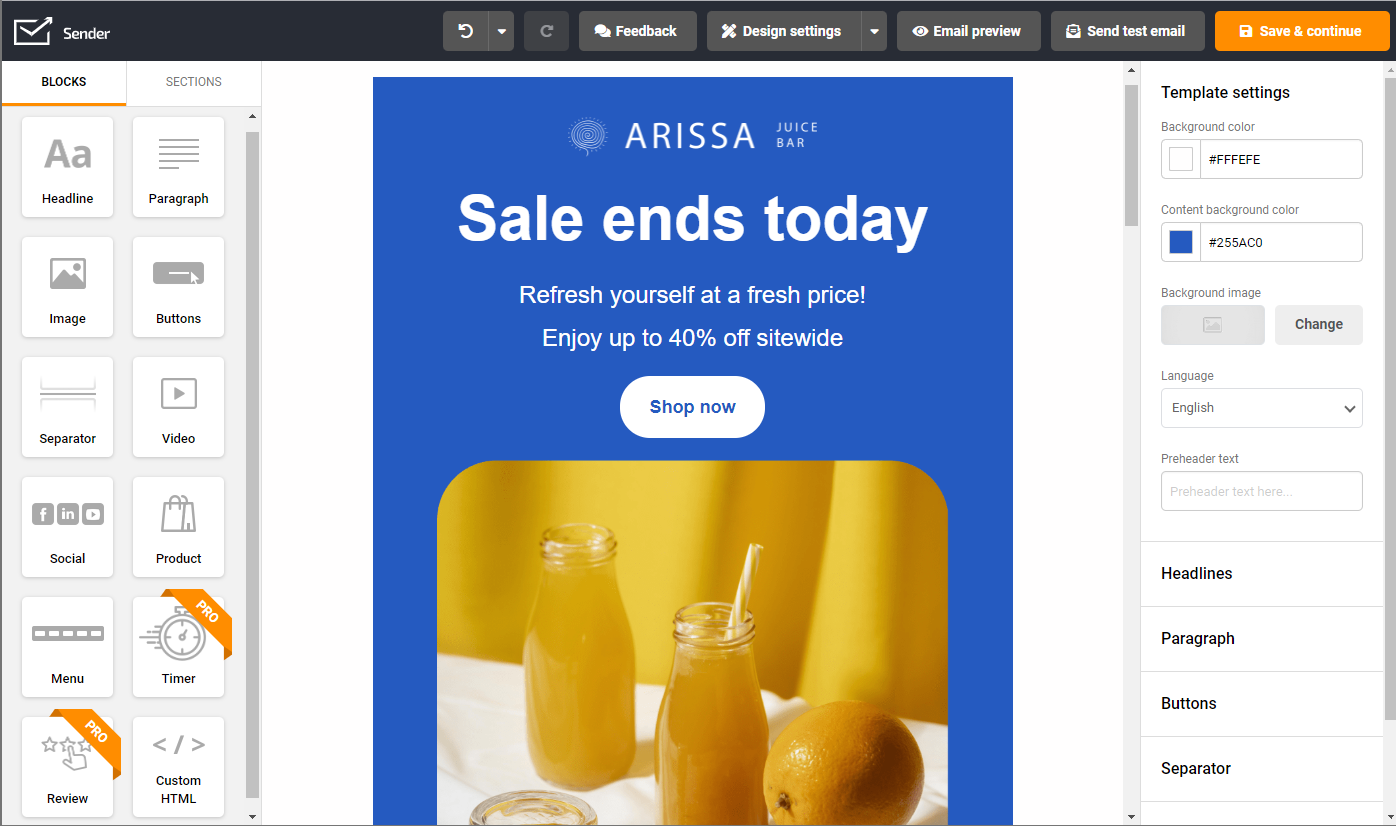
Key Features
- Powerful email builder. Drag-and-drop editor with readymade blocks and responsive templates for creating high-converting emails without the struggle;
- Affordable at scale. Logical pricing structure that saves a lot of money as your list grows, compared to other platforms;
- Advanced automation features. Use premade workflows or visual automation builder for setting behavior-based automations;
- Strong analytics dashboard. Access heatmaps, real-time tracking, and conversion insights to improve your emails over time.
Industry Fit
Sender is a powerful marketing automation platform built for different types of creators and businesses. Here are some use cases:
- Creators & course sellers. Use branded templates, A/B tests, and automations to nurture, pitch, and convert prospects with ease;
- Ecommerce stores. Set up automated workflows for abandoned carts, cross-sell/upsell campaigns, etc., using behavioral and activity triggers;
- Agencies & marketers. Manage multiple clients or brands with advanced features without increasing your operational costs.
Sender vs Kit
Sender is everything Kit wants to be. But it’s more flexible, more affordable, and a far better Kit alternative for creators who need more than just plain-text emails and basic email automation.
If you are looking for Kit competitors with free plans, you should know Sender is the only platform on this list that balances power, usability, and pricing in a way that’s hard to beat. Kit might be enough if you’re sending simple broadcasts, but once you want visuals, ecommerce logic, or deeper insights, it starts to feel limiting. Sender not only matches those gaps, it fills them.
Brevo — Versatile Marketing Platform with Email Tools
Brevo (formerly Sendinblue) is a comprehensive marketing platform for multi-channel marketing needs. It’s not just for emails but also offers SMS marketing, WhatsApp, web push, and Meta ads integration.
If Kit feels too ‘email-only’ or rigid, Brevo’s flexibility can open up new growth possibilities, especially if you’re juggling between multiple channels.
Brevo pricing: Starts at $17/month for up to 10,000 monthly emails and 1,500 contacts | Free plan available with usage limitations.
We tested Brevo with Kit at the back of our minds, and the difference was clear. While Kit mostly sticks to email and basic automation, Brevo offers you an opportunity to cater to the entire customer journey.
You can run email and SMS campaigns, schedule push notifications, and set up WhatsApp flows all from one dashboard. Setting up workflows was smooth. In fact, creating welcome emails and post-purchase journeys felt more intuitive compared to Kit, especially when leveraging their marketing automation features.
Another thing we noticed was its campaign template library. It has a great variety of pre-made email templates, which can be customized using a drag-and-drop editor. And yes, there’s a built-in CRM which makes it easier to keep an eye on interactions across all the channels.
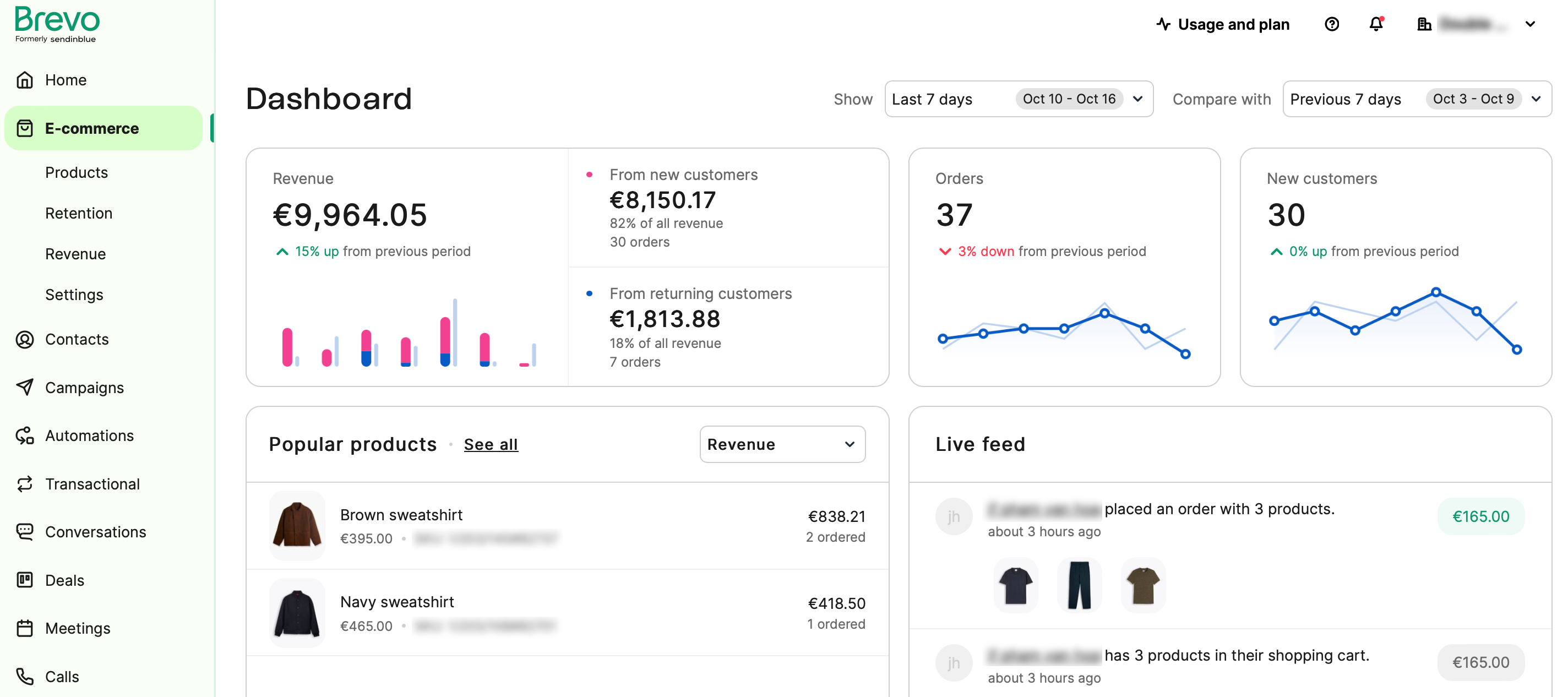
Key Features
- Multichannel campaigns. Create email, SMS, WhatsApp, and push notifications from a single dashboard;
- Visual automation builder. Build powerful flows based on behavioral triggers and online activity without coding;
- Ready-to-use templates. Customizable design template library for email campaigns to help you launch a campaign quickly;
- Built-in CRM. CRM dashboard with a unified inbox to keep an eye on all interactions and engagement across channels.
Industry Fit
Brevo is good for businesses that need a single dashboard to manage multi-channel marketing campaigns. Here are some use cases:
- Ecommerce stores. Design multi-channel abandoned cart flows, contextual promotional emails, and automate transactional emails;
- Digital creators. Combine email with push and SMS to drive more views, sales, and engagement;
- Service-based businesses. Use automations to follow up with leads or send appointment reminders across channels.
Brevo vs Kit
Kit might be good for simple, text-based newsletters, but it falls short when your business needs better designs or cross-channel promotions. Brevo’s multichannel setup is just more practical, especially when you want to do more than just send emails.
You also get more freedom with Brevo in terms of templates, audience segmentation, and pricing. Kit feels limited on all these fronts. So, if you don’t want to juggle between multiple tools and need a Kit alternative with better analytics, Brevo is a better option.
“I’ve had an amazing experience with Brevo! I love the automations, the stats, and the notifications it provides. The double opt-in feature is my favorite, and I use it a lot for easy email subscriptions.”
— Kudakwashe from Capterra
If Brevo isn’t ticking all the boxes for you, these 10 best Brevo alternatives are worth exploring.
Mailchimp — Suited for Businesses of All Sizes
Mailchimp is popular with businesses that want design flexibility and integrations without getting too technical. It’s been around for years and is a go-to for many because it promises a lot right out of the box.
Mailchimp pricing: Starts at $29/month for up to 1,000 contacts and up to 18,000 emails/month | Free plan available.
Like many others on the list, the first thing we noticed while comparing it to Kit was the design flexibility and experience. Unlike Kit’s plain-text, minimalist approach, Mailchimp lets you create on-brand emails.
There are over 100 pre-designed templates to pick from, and they’re miles ahead in terms of variety compared to Kit. You can even add custom HTML if you’re picky about layout.
Another thing we liked was the app integration ecosystem, which extends beyond email to include social media ads management. With 300+ integrations available, Mailchimp makes it easy to sync with your CRM, ecommerce platforms, or analytics platforms. This turns Mailchimp into a great tool for businesses of all sizes as it doesn’t compromise on data syncing between different tools.

Key Features
- Email template library. Rich template library with over 100 customizable templates for every campaign style and occasion;
- Great integration ecosystem. Connect with 300+ apps, tools, and CRMs to expand marketing capabilities beyond email;
- Detailed performance reports. Get real-time insights on clicks, conversions, and sales driven by specific email marketing campaigns;
- A/B testing. Test different elements of your email campaigns to see what performs best and improve performance.
Industry Fit
Mailchimp offers a user-friendly interface for beginners as well as pro marketers. Here are some use cases:
- Online retailers. Use behavior-based automations to scale revenue and utilize reports to tie sales directly to campaigns;
- Small businesses. Quickly setup and design professional-looking promotional campaigns without coding;
- Content publishers. Automate RSS to newsletter content delivery and track what content resonates most with your readers.
Mailchimp vs Kit
Mailchimp gives you more freedom where Kit feels boxed in. You get creative design options, better reports, and way more integrations, which is perfect for businesses that want to utilize more than just basic features and text-based newsletter broadcasts.
The only catch? It gets costly as your list grows, which makes many users look for Mailchimp alternatives. You will also find that Mailchimp makes it hard to cross-target subscribers with different preferences. Still, if visual design, analytics, and ecosystem compatibility are your top priorities, Mailchimp beats Kit.
“I’ve had an amazing experience with Brevo! I love the automations, the stats, and the notifications it provides. The double opt-in feature is my favorite, and I use it a lot for easy email subscriptions.”
— Kudakwashe from Capterra
Drip — Great for Ecommerce Agencies
If you manage multiple ecommerce clients or stores, Drip might just be the perfect sidekick for you.
It’s a dedicated ecommerce CRM with email capabilities designed to drive revenue growth through features like deep segmentation, automation, and personalized customer journeys.
Drip pricing: Starts at $39/month for up to 2,500 subscribers | 14-day free trial available.
We tested Drip in the context of ecommerce store operations and the control it offers over data and workflows is way better than Kit’s. One of the most powerful features was its visual customer journey. You can literally track what emails, sessions, or tags led to a purchase, and use that to refine future campaigns.
Another edge? Agencies often juggle several tools. Drip makes that easy. With over 100 integrations and a clean timeline view that shows how each touchpoint affects conversions, it gives you deeper visibility.
Add to that their lead scoring and tag-based segmentation, and you’ve got a system that lets you prioritize high-value customers and retarget efficiently across email and social media.
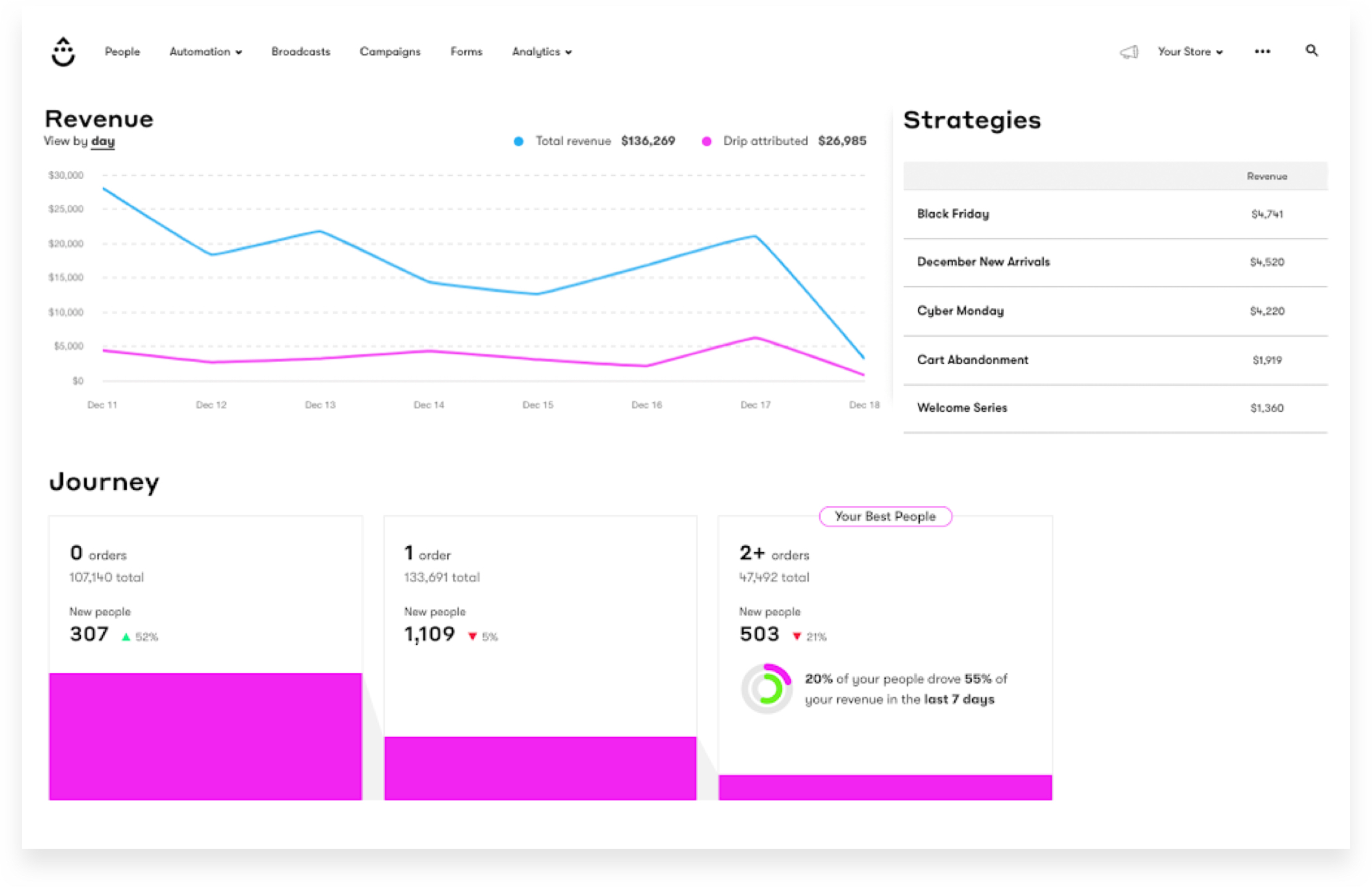
Key Features
- Customer journey view. Chronological view of visitor behavior, page views, purchases, and interactions to help with contextual marketing campaigns;
- Tag-based segmentation. Add custom fields and tags to trigger sequences based on behavior, activity, or custom parameters;
- Ecommerce integrations. Integrates natively with Shopify, Magento, and WooCommerce to reflect user behavior in real time;
- Lead scoring system. Auto-calculate engagement and brand affinity to retarget high-intent or at-risk customer segments.
Industry Fit
Drip is great for ecommerce businesses as it has a built-in CRM designed around ecommerce growth. Here are some great use cases:
- Ecommerce agencies. Run smarter, segmented campaigns for multiple clients and monitor behavior across platforms;
- DTC brands. Build flows that adapt to user activity, from product page visits to repeat purchases;
- Subscription services. Use lifecycle tagging and automation to handle churn, upgrades, and renewals with ease.
Drip vs Kit
While Kit focuses on creators and simple sequences, Drip is all about personalization, predictive targeting, and smart ecommerce workflows. You can create flows triggered by cart abandonment, purchase history, or browsing behavior, something Kit isn’t equipped to handle perfectly.
Also, with Drip’s customer journey view and lead scoring, you don’t just send emails, you get tools to optimize revenue. It’s a powerful alternative for businesses that need a solution for driving sales and not just broadcasting their messages.
“Easy to navigate UI, solid visual email builder, prompt live chat service response. Supplied email builder templates are well designed and flexible to utilize for a variety of messaging styles. Continuous improvement of features and implementation of new tools.”
— Tom O. from G2
Substack — Perfect for Writers and Content Creators
If your primary focus is writing and you want to build a reader-supported publication, Substack is a better alternative than Kit.
It is designed to help writers write and make money doing it. From a clean writing interface to built-in monetization tools, it’s ideal for creators who don’t want to mess with tech to increase their reach.
Substack pricing: Free to publish for writers | 10% fee on each paid subscription
In our testing, Substack felt like a cross between a magazine and a newsletter. You open it, write, publish, and you’re done. There’s no clutter, no drag-and-drop builder, and more like a blank canvas and your words. For anyone coming over from Kit, it will look familiar to its text-based email creator.
Monetization features are built-in. You can offer paid subscriptions, free newsletters, or a mix. Substack handles payments and list management for you. Plus, their discovery engine and community tools (like comments and discussions) give solo creators a shot at organic growth without needing a marketing budget.
While the unlimited contacts and email sends sound too good to be true, remember, that you won’t get any automation, segmentation, or deep analytics here, but that’s because it’s primarily positioned for writers who value content over limited automation features.
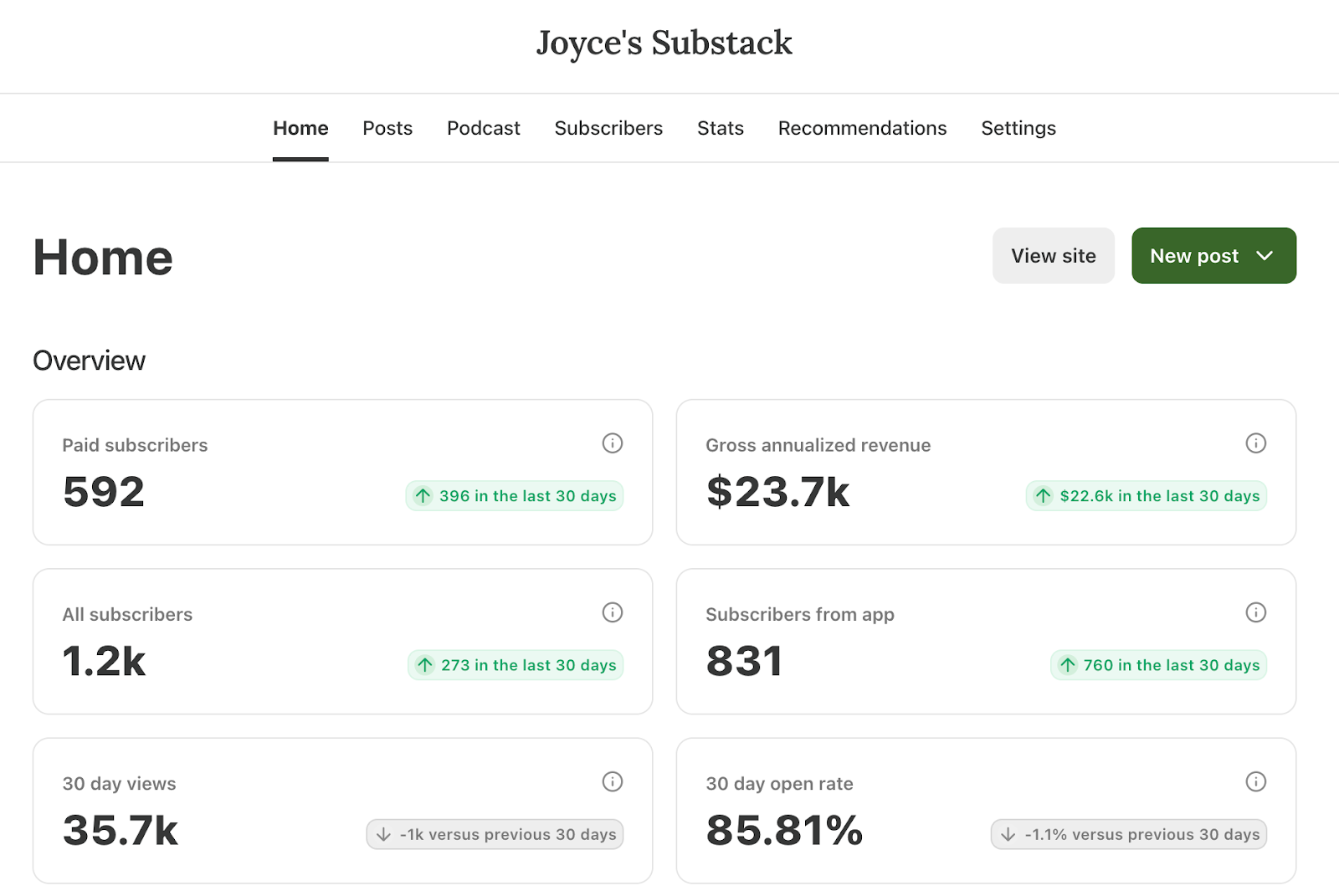
Key Features
- Writer-Friendly Interface: Distraction-free editor designed for long-form content, ideal for essays, newsletters, and serialized writing;
- Built-In Monetization: Native support for free and paid subscriptions with Stripe-powered payment processing included;
- Community Engagement Tools: Comments, discussion threads, and replies to foster two-way communication with your readers;
- Content Discovery Engine: Promotes trending newsletters, giving emerging writers a chance to grow without spending on ads.
Industry Fit
When writing is your product, Substack takes care of everything else.
- Writers & Journalists: Focus on reporting or essays while Substack handles publishing and payments.
- Niche Content Creators: Build premium newsletters in areas like tech, finance, food, or lifestyle with recurring revenue.
- Educators & Coaches: Offer insights, lessons, or Q&A content directly to paid subscribers without a website or funnel setup.
Substack vs Kit
Substack doesn’t try to compete with Kit’s ‘creator operating system’ promise. And it doesn’t need to. Where Kit shines with segmentation and funnel building, Substack keeps it simple and leans into community and monetization.
It’s a better pick for creators who want to hit publish and get paid, not build workflows. There are trade-offs: fewer customization options and basic analytics. But if you’re a writer who wants less fuss and more focus, Substack beats Kit on ease and purpose-driven simplicity.
“It is a very good tool for running a free newsletter. If you are new in the industry and want to write blogs or newsletter this is the best tool for that. Reliable customer support is another advantage.”
— Anirudh from G2
Flodesk — Best for Visually Stunning Emails
Flodesk is a design-first email marketing software that offers some of the prettiest templates for your marketing emails.
If you’re a brand-focused founder, visual designer, or lifestyle creator, Flodesk should be the alternative you should look at.
Flodesk pricing: Starts at $38/month for unlimited emails and subscribers | Free plan available.
Creating email campaigns on Flodesk felt more like designing a magazine than building a campaign. You’re not stuck dragging blocks around or tweaking weird spacing issues. The email layout adapts to your content automatically, and every template feels like it came from a designer’s desk.
Even small things, like sender info or subject lines, are set up based on an intuitive questionnaire.
Its automation workflows are beginner-friendly and cover all the basics, like welcome series, lead magnets, and simple behavior-based automations. You won’t find advanced ecommerce features or branching logic. But if you need things to look amazing, Flodesk is built for you.
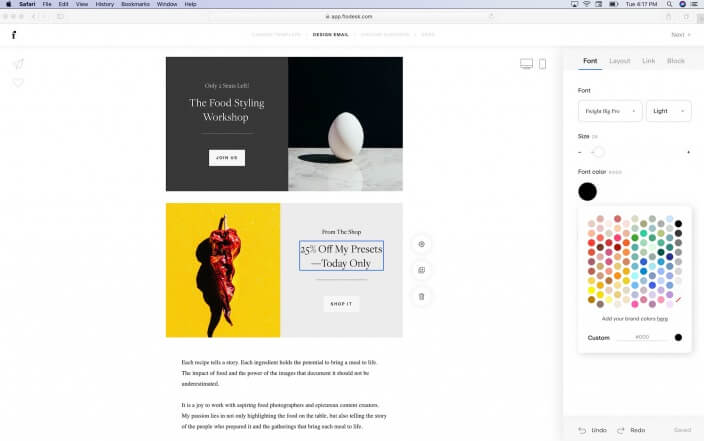
Key Features
- Designer email templates. Beautiful and elegant layouts that help your content stand out in crowded inboxes;
- Flat pricing model. Pay the same rate whether you have 10 or 10,000 subscribers, no tiers or surprises;
- Intuitive form builder. Create beautiful popups, customizable signup forms, and full-page opt-ins in minutes without coding;
- Simple workflow automation. Automate lead magnets, welcome sequences, and nurture flow without getting lost in settings.
Industry Fit
Flodesk is ideal for business owners who want their emails to look as elegant as possible. Here are some of the best use cases:
- Creative entrepreneurs. Build aesthetic, on-brand campaigns without hiring a designer or dev;
- Coaches & consultants. Use clean forms and email flows to attract and nurture leads on autopilot;
- Lifestyle brands. Match your social and product aesthetic with visually rich emails that appeal to your audience.
Flodesk vs Kit
Kit wins in terms of simplicity, but let’s be honest—it’s not winning on the design. If visuals are key to your brand, Flodesk should be on your radar. Its templates look miles better out of the box, and you don’t need to be tech-savvy to customize them.
While Kit offers in terms of creator monetization, Flodesk takes a simple approach and is designed for the user who doesn’t want complexity. Plus, with flat pricing and no feature gating, you don’t have to worry about upgrading every time your list grows.
“The most aesthetically pleasing ESP out there! Every template they offer for emails, landing pages, and forms is so beautiful. SUPER easy to use, and perfect if you just need a basic ESP.”
— Allison from Capterra
Mailerlite — Affordable and Easy-To-Use Platform
Mailerlite nails the balance between simplicity and powerful features. It is an intuitive platform that offers useful features you need to get started at an affordable price point.
Mailerlite pricing: Starts at $13/month for up to 1,000 subscribers and unlimited emails | Free plan available.
We tested Mailerlite and found it to be much cleaner, straightforward, and powerful than Kit. Setting up the first campaign was simple, yet guided.
Their drag-and-drop builder helps you design responsive, on-brand emails in minutes, and the ability to A/B test subject lines or auto-resend campaigns adds a solid layer of optimization without overwhelming. The platform also includes landing page creation tools for building standalone capture pages.
You don’t need a tutorial to figure things out on Mailerlite, even when it comes to building automations. The builder is visual and helps you create simple flows using link-based triggers, segments, time delays, etc.
There’s a built-in website and landing page builder, which is huge for small businesses or creators without a dedicated web dev team. However, teams that need advanced CRM capabilities look for Mailerlite alternatives with better features.
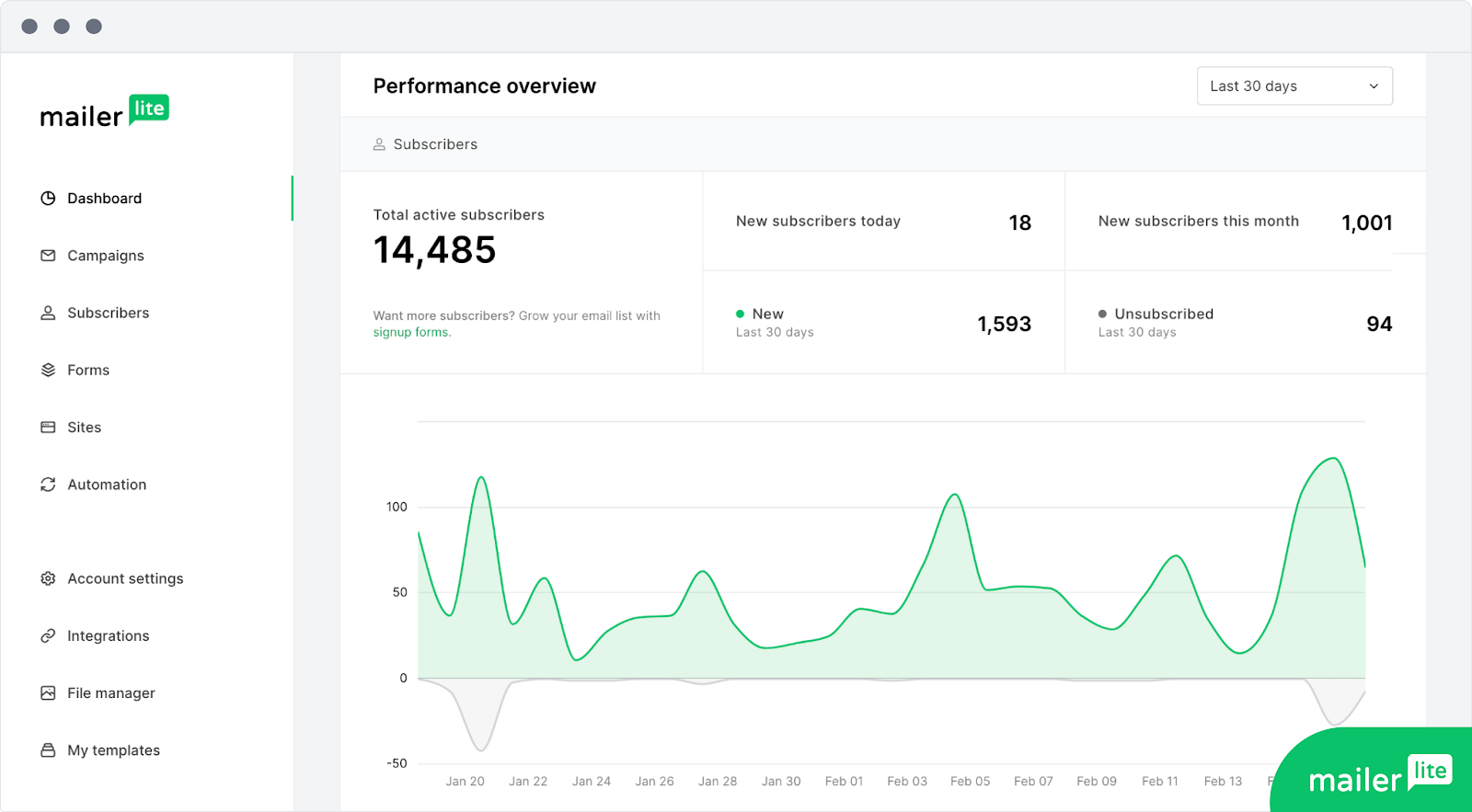
Key Features
- Drag-and-drop email editor. Build sleek and responsive emails fast, even if you’ve never touched a design tool before;
- Landing page builder. Create standalone lead capture pages without needing a separate solution;
- Collaborative tools. Build, review, and manage campaigns together with a team using real-time collaboration;
- Visual automation builder. Powerful automation builder to set up trigger emails and handle follow-ups automatically.
Industry Fit
Mailerlite is a clean alternative for business owners who admire minimalism and want simple solutions for marketing. Here are some use cases:
- Freelancers & coaches. Launch lead magnets, nurture leads, and send weekly updates without fiddling with lots of features;
- Small businesses. Segment lists by customer behavior and create targeted offers that actually convert;
- Nonprofits. Streamline event invitations management, promote events, send donation drive invites, and engage with communities through professional-looking emails.
Mailerlite vs Kit
Mailerlite is a budget-friendly alternative to Kit. While Kit leans into segmentation and automation for creators, Mailerlite makes those same features usable for everyone, even the ones who are not technically inclined.
The visual editor, landing page builder, and built-in collaboration tools make it especially attractive for small teams as well as solopreneurs. Plus, Mailerlite’s free plan includes more out of the gate, making it a great pick for users who are just starting out.
“Mailerlite is filled with pretty templates, and if you want to design it yourself, it’s so easy to use! And not to mention landing pages. A fun way to make simple and noticeable pages for a campaign that doesn’t need complicated coding and design.”
— Danna from G2
Beehiiv — Built for Newsletter Creators and Publishers
Beehiiv is built by ex-Morning Brew folks for creators, publishers, and media entrepreneurs who want their newsletters to feel like a product and not just another email.
It offers built-in monetization, a branded website, advanced segmentation capabilities, and a referral system for growing your newsletter.
Beehiiv pricing: Starts at $49/month for up to 1,000 subscribers | Free plan available.
Beehiiv is designed with creators and publishers in mind. One can set up a newsletter hub live within minutes with its standalone website, SEO-friendly posts, branded domain, and a great layout.
The writing interface is clean, markdown-style, and distraction-free. Publishing is quick, and the ability to add polls, embeds, and A/B test subject lines gives it a powerful edge for creator-first operations. We loved its referral program, too which helps you turn readers into promoters through a tiered reward system. You can also host webinars with premium subscription.
Combine that with segmentation, detailed analytics, and an option for paid subscriptions, and Beehiiv makes it easy to set up a newsletter business from scratch without needing multiple tools. If your main product is your newsletter, Beehiiv is the platform that gets it.
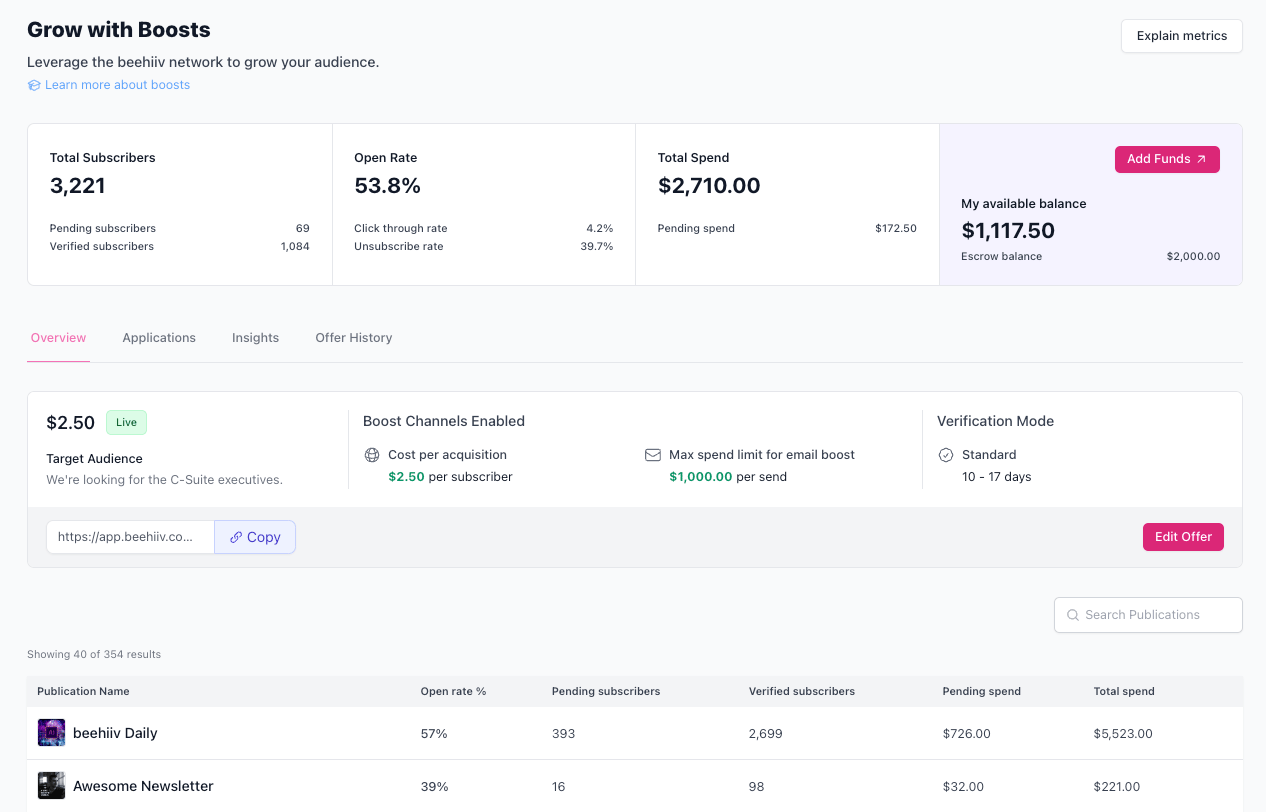
Key Features
- Newsletter website builder. Create a beautiful, SEO-optimized site for your newsletter without needing a developer;
- Built-in referrals. Reward readers for inviting others, and track referral-based growth natively;
- A/B testing options. Test subject lines to improve open rates and see winners right from your dashboard;
- Monetization tools. Offer paid subscriptions, analyze churn, and manage free vs. premium plans without an external tool.
Industry Fit
Beehiiv isn’t for marketers but for publishers who want to create and distribute their content. Here are some use cases:
- Media brands. Create and grow full-fledged digital publications with monetization and analytics built-in;
- Solopreneur creators. Build an audience and turn it into revenue without needing a website or complex funnel;
- Newsletters-as-a-product. Focus on content while Beehiiv handles growth, referrals, hosting, and delivery.
Beehiiv vs Kit
Kit is great for creators who rely on funnels and segmentation, but it stops short when it comes to treating newsletters as a standalone product. Beehiiv flips that as it’s designed for newsletter-first brands. You get a native web presence, built-in referrals, and even paid subscription management.
If you’re serious about scaling a newsletter brand, Beehiiv gives you the tools (and head start) to do that without gluing together five different services. From content to community, it’s got your back and helps you grow your audience.
“Beehiiv has helped me start a newsletter and get to grips with email marketing. It’s fairly cost-effective, especially for smaller subscription lists.”
— Genevieve from Capterra
AWeber — Best for Small Businesses and Entrepreneurs
AWeber is a basic email marketing tool you must look at if your goal is to grow your email list on the side
If you’re a solo entrepreneur, bootstrapped founder, or a small business that needs basic list management, design tools, and simple automations, you should check out this Kit alternative.
AWeber pricing: Starts at $25/month for up to 1,000 subscribers and 10,000 monthly emails | Free plan available.
We tested AWeber to see how it stacks up against Kit, and it worked decently well. It’s one of the few platforms where we could design emails using Canva without leaving the dashboard, and create decent-looking landing pages in minutes.
Where Kit hides features behind multiple pricing tiers, AWeber gives you 90% of what most small businesses need from the start, including priority support enterprise clients receive on higher plans. Automations aren’t complex, but they work well for basic use cases. There’s a subject line assistant, AI powered copy generator, and even tools to help trigger emails based on blog posts, YouTube uploads, or store updates.
If you’re looking for no-nonsense email marketing that handles the basics, AWeber gets the job done.
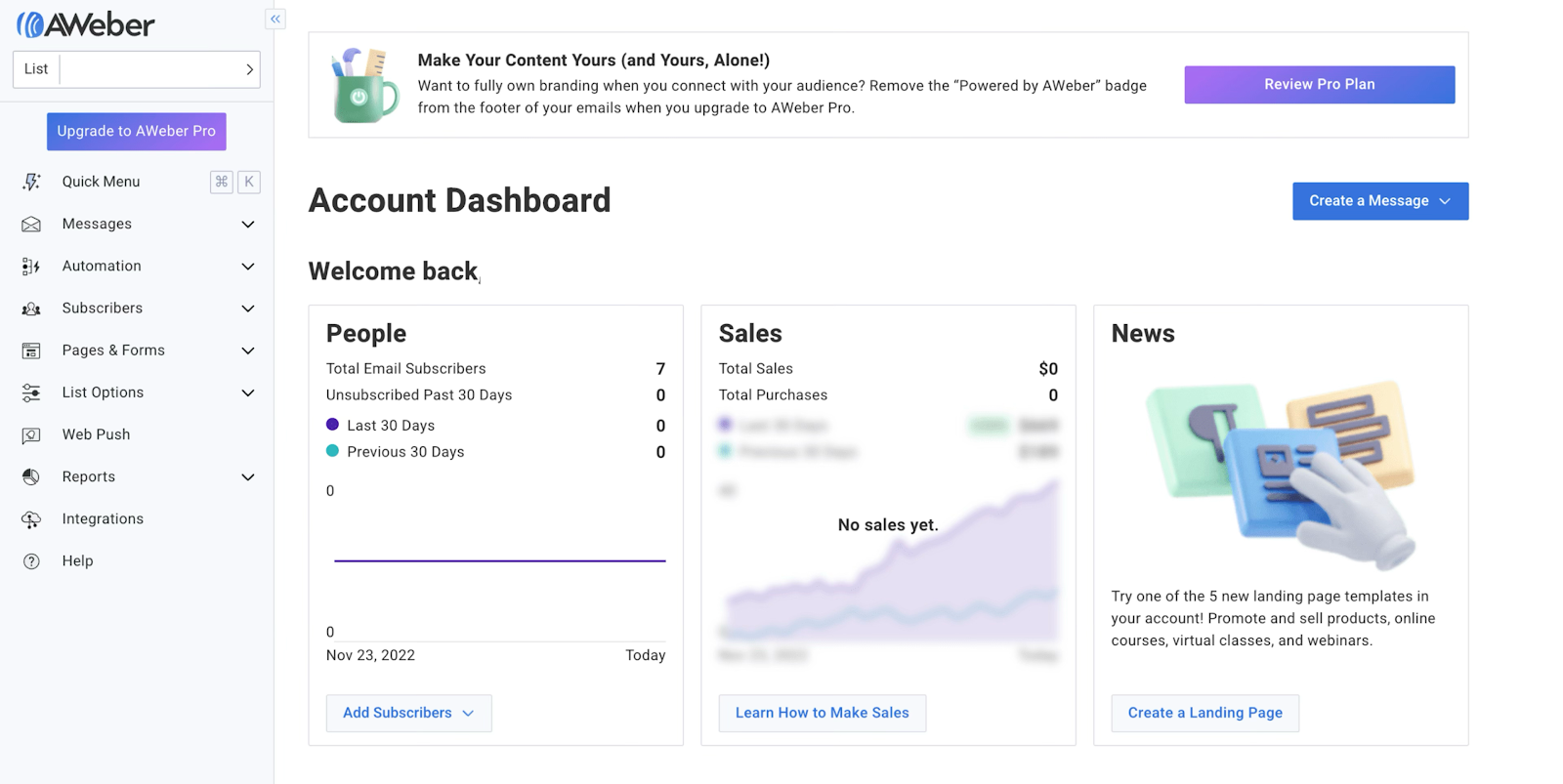
Key Features
- Canva integration. Design stunning visuals right inside your AWeber dashboard without switching tabs;
- AI assistant. Built-in AI helps you generate subject lines and email copy when you’re feeling stuck
- Automation triggers. Automate based on purchases, clicks, blog post publishing, and more without any paid add-ons;
- Reliable deliverability. Consistently high deliverability rates ensure your emails land in your subscriber inboxes and not in the spam folder.
Industry Fit
AWeber is designed for small business owners and early-stage entrepreneurs who want practical tools that don’t overcomplicate things. Here are some use cases:
- Solopreneurs. Manage lists, design emails, and automate without needing to learn a new skill;
- Service businesses. Send appointment reminders, nurture leads, or follow up with past clients on autopilot;
- Digital sellers. Combine sales tracking with email campaigns to improve the efficiency of your email marketing efforts.
AWeber vs Kit
AWeber is one of the best Kit alternatives for small businesses and should be on your radar if you’re looking for broader functionality without the learning curve. While Kit shines for creators needing funnels and segmentation needs, AWeber is better suited for small businesses that want to send good-looking emails and automate the basics.
Plus, it helps them manage everything, from landing pages to payments, from a single dashboard. AWeber delivers more value for entrepreneurs who value simplicity, fast setup, and an all-in-one toolkit over granular control, especially in the early growth phase.
“I enjoyed using AWeber. It was easy to set up lists and broadcast emails. And it made it possible for me to get started building my business online without much tech skill.”
— Ben Marcoux from Capterra
Benchmark Email — Simple Email Marketing Automation
Benchmark Email focuses on making email marketing automation accessible for businesses that want powerful features without the complexity. If Kit’s automation feels too technical or overwhelming, Benchmark offers a more straightforward approach to setting up automated campaigns.
Benchmark pricing: Starts at $23/month for up to 1,000 subscribers and 15,000 emails/month | Free plan available.
We tested Benchmark Email’s automation capabilities and found them refreshingly simple compared to Kit’s more complex workflows. Setting up welcome series, drip campaigns, and follow-up sequences felt intuitive – you don’t need to spend hours figuring out trigger logic or branching paths.
The platform excels at automation fundamentals. Whether you’re nurturing leads, following up on purchases, or re-engaging inactive subscribers, Benchmark’s automation builder uses a clean, visual interface that makes sense even for beginners. Plus, their pre-built automation templates cover most common use cases, so you can launch campaigns quickly.
What stood out was how they balance simplicity with functionality through their site messaging tools and intuitive interface. You get the automation power you need without the feature bloat that can make other platforms feel overwhelming. For businesses that want “set it and forget it” email marketing, this approach works really well.

Key Features
- User-friendly email editor. Clean drag-and-drop builder with a variety of pre-designed templates for all campaign types;
- Simple automations. Set up welcome series, drip campaigns, or reminders without getting buried in complexity;
- App integrations. Seamlessly connect with Shopify, WordPress, Zapier, and other essential marketing tools;
- A/B testing. Easily test subject lines or CTAs to optimize opens and clicks with real-time insights.
Industry Fit
Benchmark Email is perfect for businesses that need a useful email platform without complicated setups. Here are some use cases:
- Online retailers. Use automation to follow up on abandoned carts or post-purchase feedback without heavy setup;
- Event organizers. Send reminders, promotions, and follow-ups quickly using clean templates and smart segments for event marketing;
- Agencies. Manage client campaigns smoothly using intuitive workflows and a fast campaign creation process.
Benchmark Email vs Kit
Benchmark wins on ease of use. Kit is ideal for creators who need tagging, segmentation, and funnel logic—but it can be overkill for small businesses that just want to send well-designed emails without a multi-hour setup.
Benchmark offers faster onboarding, better visual customization, and a lighter experience overall. If your workflow is more about execution than experimentation, it’s a worthy Kit alternative that feels effortless but still gets the job done.
“The software overall is great. It allows me to import the contacts I want in any way I want, create emails, schedule or send emails out immediately, and even has analytics for the emails that have been sent out.”
— Hasnain from Capterra
Constant Contact — Known for Event Marketing
Constant Contact has built a strong reputation in event marketing, offering specialized tools that make it easy to promote events, manage registrations, and follow up with attendees. If you’re running workshops, webinars, conferences, or any type of event, Constant Contact might be the Kit alternative that fits your needs better.
Constant Contact pricing: Starts at $12/month up to 500 contacts | Free 14-day trial available.
During our testing, Constant Contact’s event management capabilities stood out immediately. Unlike Kit’s general-purpose approach, Constant Contact offers dedicated event marketing tools that integrate seamlessly with your email campaigns. You can create event landing pages, manage RSVPs, send automated reminders, and track attendance all from one platform.
The event workflow automation is particularly impressive. Set up automatic invitation sequences, reminder emails leading up to the event, and follow-up campaigns afterward. Whether you’re promoting a local workshop or a virtual webinar series, these specialized features save significant time compared to cobbling together solutions from multiple tools.
Their social media integration also supports event promotion across multiple channels, helping you maximize attendance and engagement beyond just email marketing.

Key Features
- Event management suite. Create event landing pages, manage RSVPs, send automated reminders, and track attendance all from one integrated platform;
- Social media cross-promotion. Promote events across Facebook, Instagram, and other social channels while syncing engagement data back to your email campaigns;
- Automated event workflows. Set up invitation sequences, reminder emails, and post-event follow-ups that trigger based on registration status and event dates;
- Mobile-optimized templates. Professional email and event page designs that look great on any device and convert visitors into attendees.
Industry Fit
Constant Contact is ideal for businesses that rely on events as a core part of their marketing strategy. Here are some use cases:
- Event organizers & planners. Streamline everything from initial promotion to post-event follow-up using specialized event marketing tools;
- Local service businesses. Promote workshops, open houses, and community events with integrated registration and reminder systems;
- Nonprofits & associations. Manage fundraising galas, member meetings, and volunteer events with automated communication workflows.
Constant Contact vs Kit
While Kit excels at creator funnels and product launches, Constant Contact is purpose-built for event marketing. Its specialized event tools, registration management, and cross-channel promotion capabilities make it the better choice for businesses where events drive revenue.
Kit might work for creators sending event announcements, but it lacks the integrated registration, automated event workflows, and social promotion features that make Constant Contact shine. If events are central to your business model, Constant Contact offers a more complete solution than Kit’s general-purpose approach.
“Constant Contact has been very useful for e-news, event, and fundraising communication. For the most part the platform is user friendly and intuitive to use. It’s important to keep an eye on the number of contacts in your system and remove any outdated ones because Constant Contact bills by the number of contacts in your account.”
— Allyson from Capterra
Kit Competitors Price Comparison Table
If you’re looking for cheap email marketing services, let’s see how much will these alternatives cost you if you migrate your email list from Kit.
Here’s a simple table based on their actual prices for lists of different sizes:
| Platform | 10,000 contacts | 20,000 contacts | 50,000 contacts |
| Sender | $40 | $75 | $159 |
| Brevo* | Unlimited contacts, paid plans start at $28 with monthly sending limits. | ||
| Mailchimp | $110 | $230 | $385 |
| Drip | $154 | $289 | $699 |
| Substack | Free to use, but Substack takes 10% of your revenue on paid subscriptions. | ||
| Flodesk | $38 | $38 | $38 |
| MailerLite | $73 | $139 | $289 |
| Beehiiv | $109 | $169 | $249 |
| AWeber | $100 | $185 | $375 |
| Benchmark Email | $89 | $138 | $279 |
| Constant Contact | $110 | $120 | $280 |
Kit Alternatives FAQs
Which Kit alternatives offer a free plan?
If you’re looking for cheaper alternatives to Kit in terms of power and affordability, Sender is hands down the best for free users. Its generous free plan supports up to 2,500 subscribers and 15,000 emails per month, more than any other tool. Plus, you get access to a full marketing automation platform, branded templates, and segmentation features without having to upgrade.
Which tool is better than Kit for ecommerce?
Sender and Omnisend are both better choices if you’re running an online store. Sender gives you abandoned cart recovery, purchase-triggered emails, and behavior tracking, and SMS marketing, all on a budget. Omnisend adds multichannel features like SMS and Shopify review collection for collecting social proof. You can also look at other Omnisend alternatives mentioned in the blog.
Can I migrate from Kit easily?
Yes. It’s easy to migrate from Kit to any other email marketing platform. Most alternatives like Sender, Brevo, Constant Contact, and Mailerlite offer easy import options for subscribers, forms, and even automation sequences. You can even contact support teams to ask for the Kit migration guide for switching smoothly without losing data.
Also read: 9 ActiveCampaign Alternatives That Actually Work (2025)
